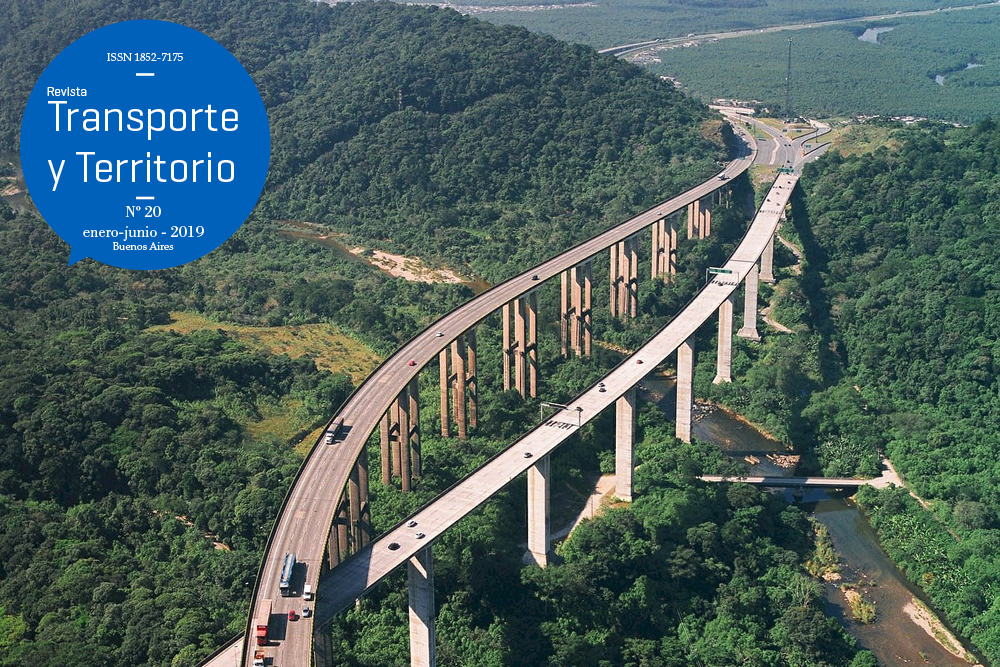The topology of airlines in Brazil: new logics of territorial power
Keywords:
air transport, territorial power, dynamics of capital, airlines, airports
Abstract
Discussing the business strategies in the Brazilian air transport sector requires an analysis about the performance of the main companies in this market: Latam Airlines, Gol Airlines, Avianca Brazil and Azul Brazilian Airlines. The activities of these companies are concentrated in the main airports of Brazil, especially in the fixed airports located in the Concentrated Region of the country. The territorial configuration of flights is a trend that comes from the performance of the old company Varig Brazilian Airlines, which centralized its flights in the main hubs of Brazil, starting from a regional base until becoming recognized worldwide before going bankrupt, causing the shrinkage of its air network and defining an end point in its expansion. Today, it is observed that there is a new logic of capital that has redefined this flights aerial topology with a distribution from the airports located in the Concentrated Region of the country. There is a territorial rearticulation, based on a relative decentralization of the national connections in a process of valorization of the regional scale, like the company Azul Brazilian Airlines, that increased exponentially the service of air transport in those places where there was an underutilized demand. Thus, this article aims, based on a historical-geographical approach, to analyze and discuss the Brazilian air sector as a way to verify how the strategy articulates the dynamics of capital to a territorial power.Downloads
Download data is not yet available.
Published
2019-04-01
How to Cite
Camilo Pereira, A. P., & Théry, H. (2019). The topology of airlines in Brazil: new logics of territorial power. Revista Transporte Y Territorio, (20), 91-109. https://doi.org/10.34096/rtt.i20.6385
Section
Dossier

1.jpg)

3.png)























